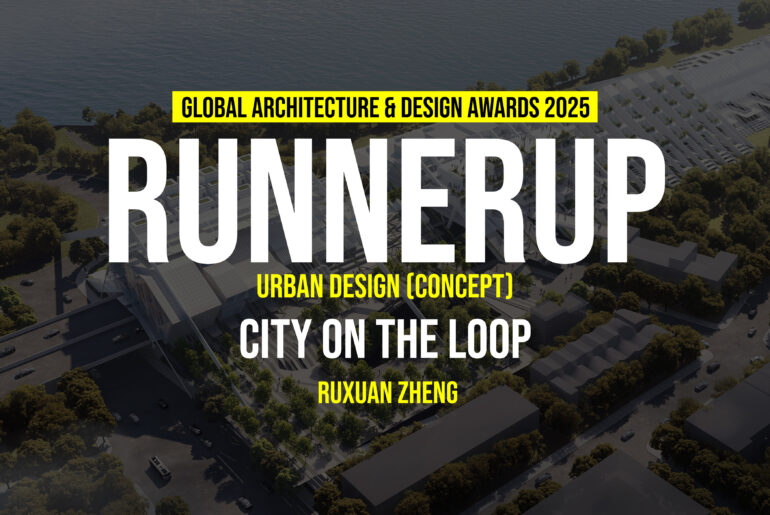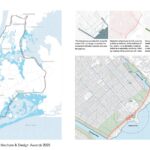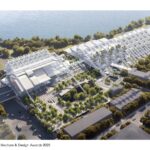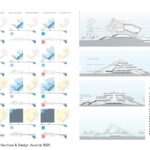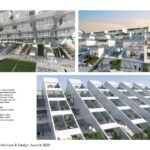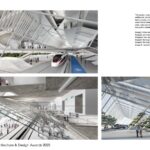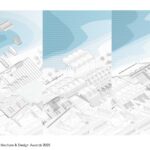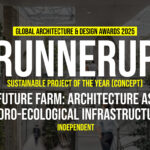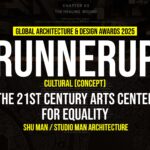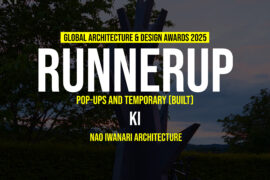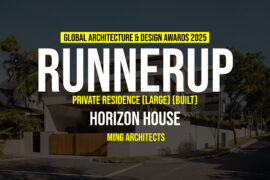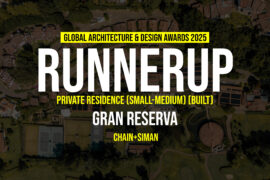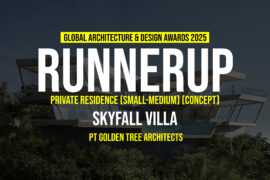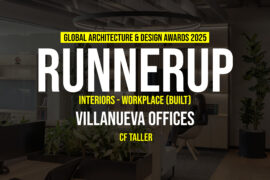City on the Loop is a speculative yet system-based proposal that reimagines Brooklyn’s Canarsie Pier as a climate-adaptive coastal urban framework. In response to the growing threat of sea level rise, the project envisions a phased, looped edge that negotiates between land and sea—integrating housing, infrastructure, ecology, and public life into a continuous but evolving system.
Global Design & Architecture Design Awards 2025
Second Award | Urban Design (Concept)
Project Name: City on the Loop
Category: Urban Design (Concept)
Studio Name: Ruxuan Zheng
Design Team: Ruxuan Zheng, Haoyuan Wang
Area: 136,000 sqft
Year: 2019-2025
Location: Canarsie, Brooklyn, NY, United States
Consultants: N/A
Photography Credits: Ruxuan Zheng, Haoyuan Wang
Render Credits: Ruxuan Zheng
Other Credits: Ruxuan Zheng, Haoyuan Wang
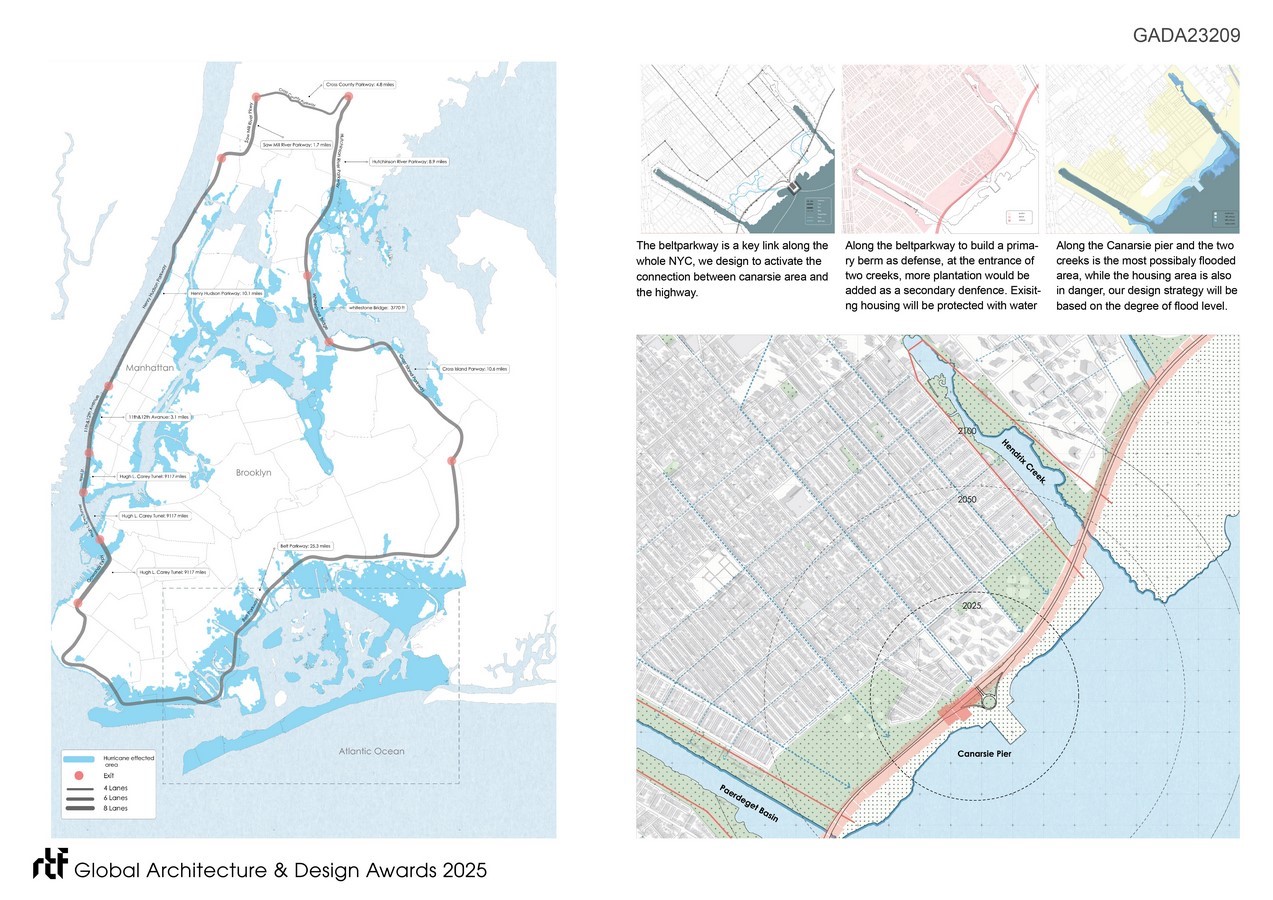
The project begins by addressing a critical urban artifact: the Belt Parkway, a highway that currently acts as a barrier between the residential neighborhood and the coastline. Rather than removing it, the design embraces it as a foundation—building a new layer above it that introduces elevated housing and a light rail connection. This marks the beginning of the loop: a spatial and infrastructural logic that supports gradual urban transformation over time.
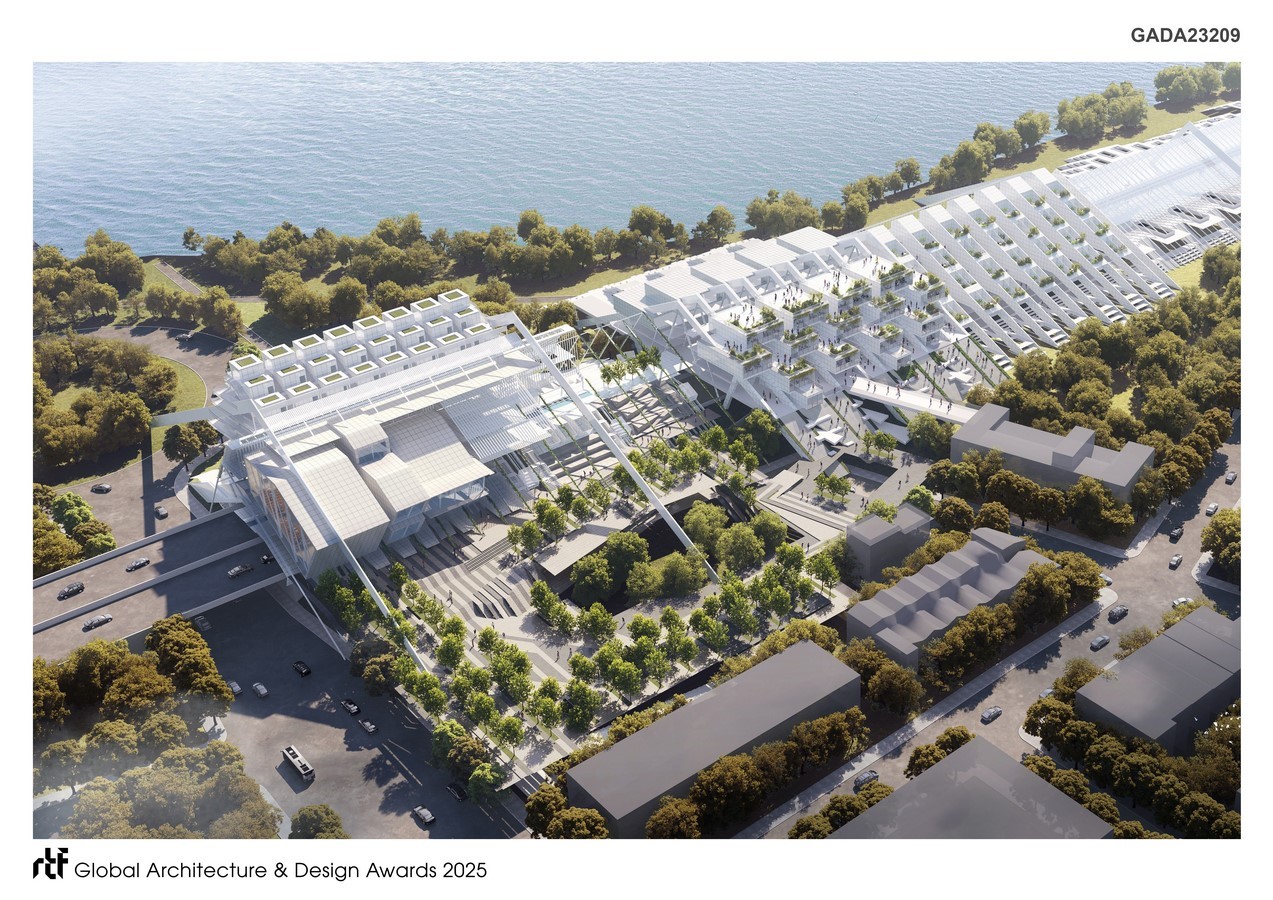
The proposal unfolds in three distinct phases:
Phase One reclaims the parkway edge and inserts housing and transit infrastructure above it, transforming a divisive condition into a connective platform.
Phase Two introduces commercial and public programs—such as market spaces, recreational plazas, and ecological corridors—that provide jobs, invite public activity, and soften the transition between built and natural environments.
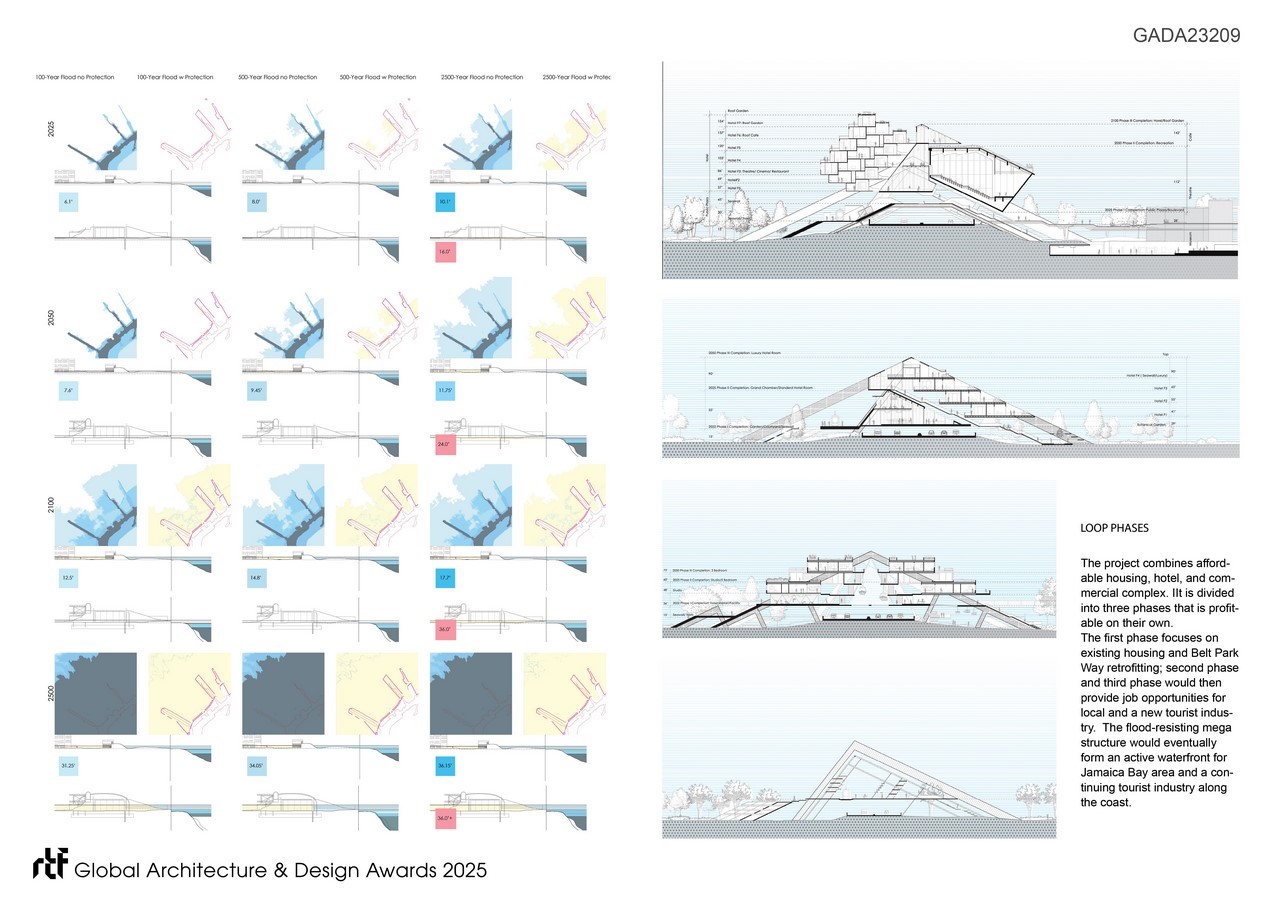
Phase Three completes the loop with a flood-resisting megastructure that acts not only as storm defense but as an elevated civic spine. It channels movement, collects and manages stormwater, and creates new public zones at the waterfront.
Together, the phases create a looped urban edge that is both architectural and ecological, offering a framework that can adapt to future environmental shifts while strengthening community infrastructure and access.
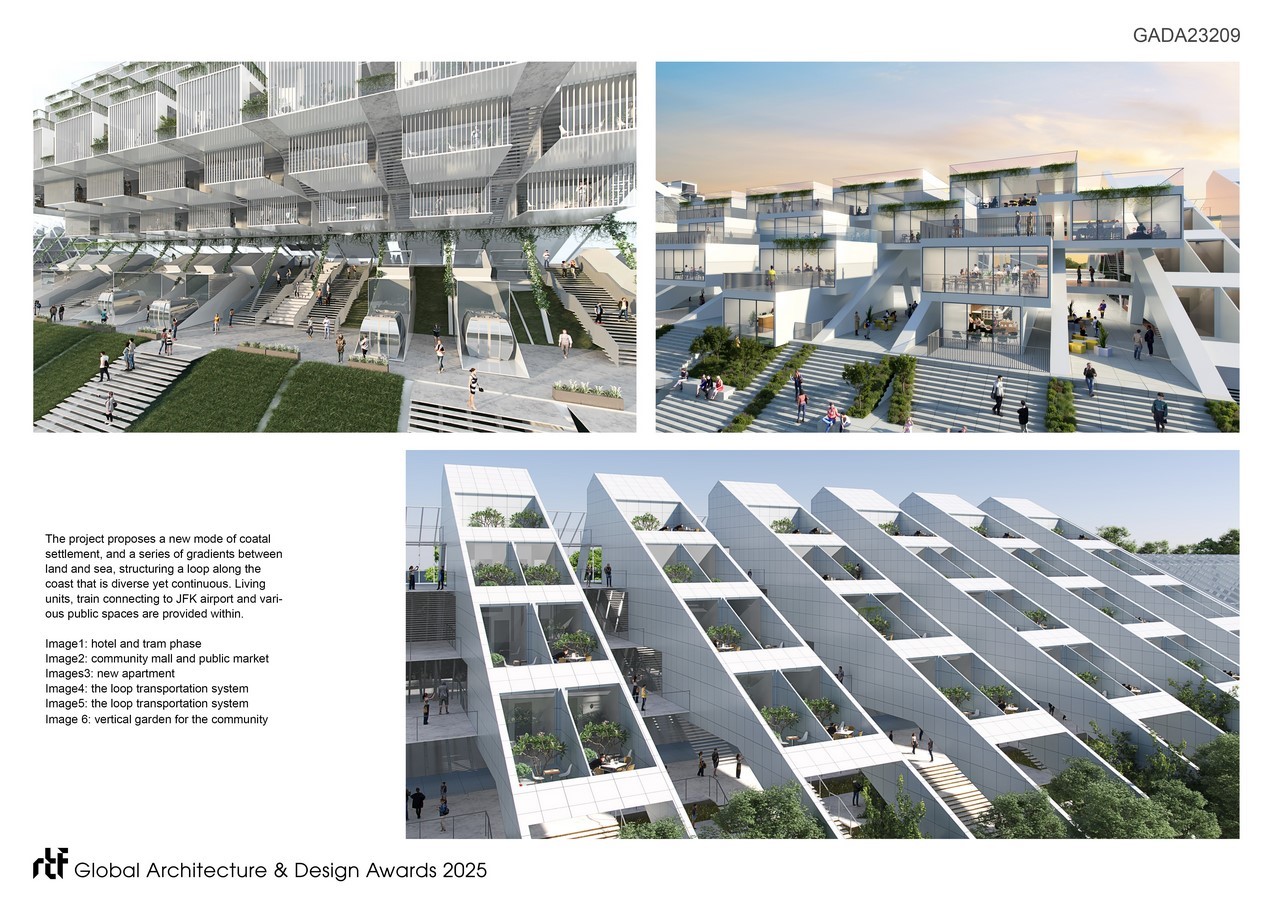
Rather than resisting the sea, the project proposes living with it—replacing the line with a gradient, and the wall with a loop. In this context, the project stands not as a form-driven response, but as a model for how infrastructure and ecological intelligence can shape a resilient and inclusive coastal future.

